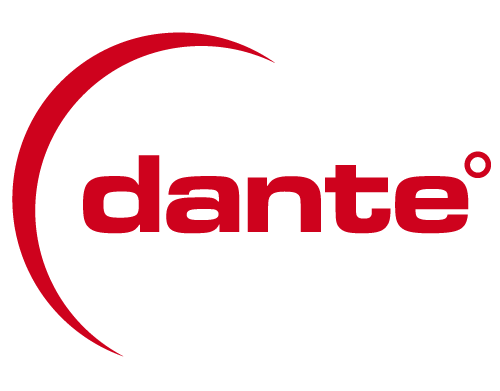Date Published: 06/09/2014
Abstract:
Residual stresses are critical to the fatigue performance of parts. In general, compressive residual stress in the surface is beneficial, and residual tension is detrimental because of the effect of stress on crack initiation and propagation. Carburization and quench hardening create compressive residual stresses in the surface of steel parts. The laser peening process has been successfully used to introduce residual compression to the surface of nonferrous alloy parts. However, the application on carburized steel parts has not been successful so far. The application of laser peening on carburized steel parts is limited due to two main reasons: 1) the high strength and low ductility of carburized case, and 2) the compressive residual stresses in the surface of the part prior to laser peening. In this paper, the carburization, quench hardening, and laser peening processes are integrated using finite element modeling. The predicted residual stresses from quench hardening and laser peening are validated against residual stresses determined from X-ray diffraction measurements. An innovative concept of laser peening with preload has been invented to enhance the residual compression in a specific region of laser peened parts. This concept is proved by FEA models using DANTE-LP.
Author: Zhichao (Charlie) Li and B. Lynn Ferguson
Tags: surface residual stress, X-ray diffraction residual stress measurement, carburized AISI 9310 steel, Johnson-Cook, four-point bending fatigue test, residual stress model validation, laser peening model, and fatigue loading model
Process Used: gas carburization, oil quench hardening, and laser peening
Other Topics:
